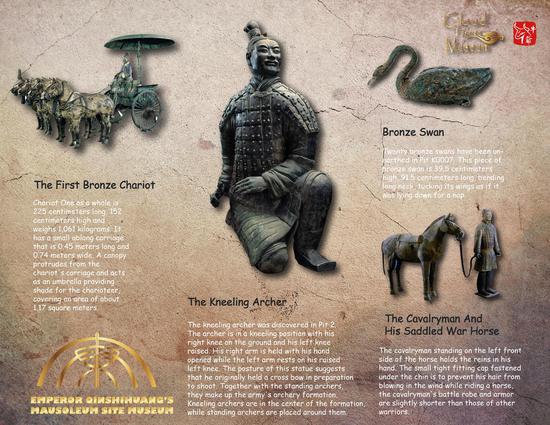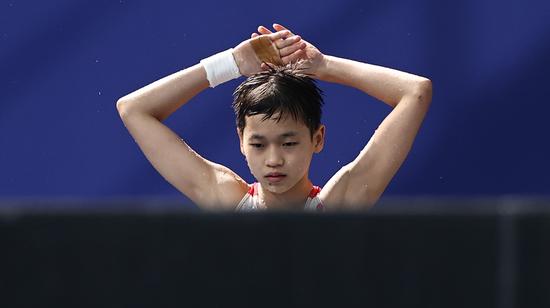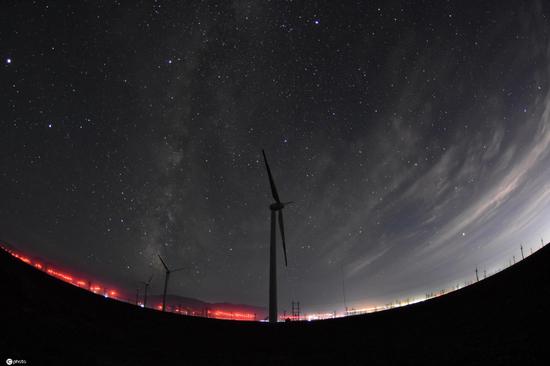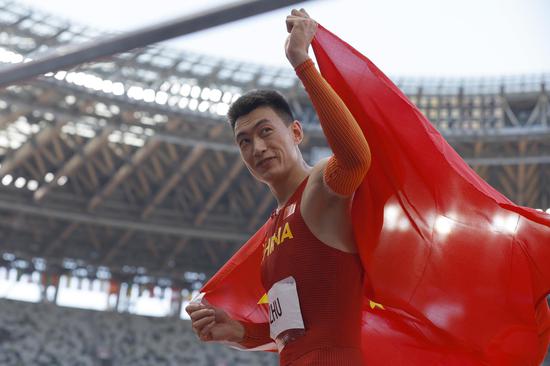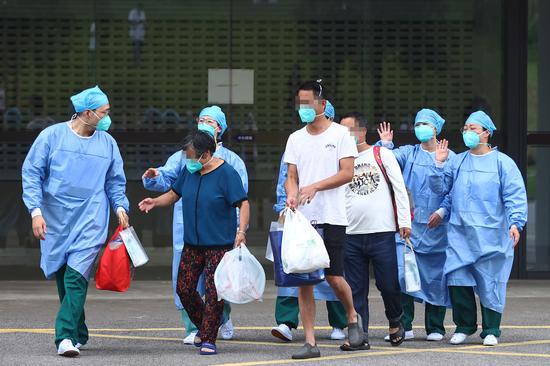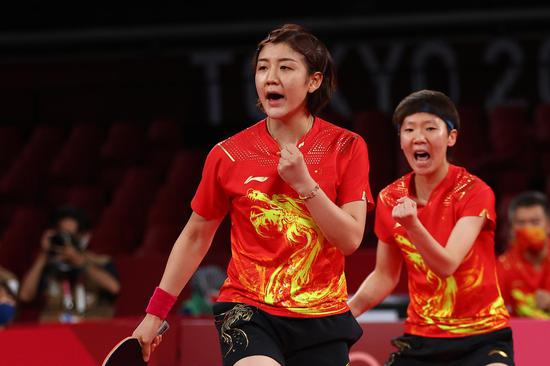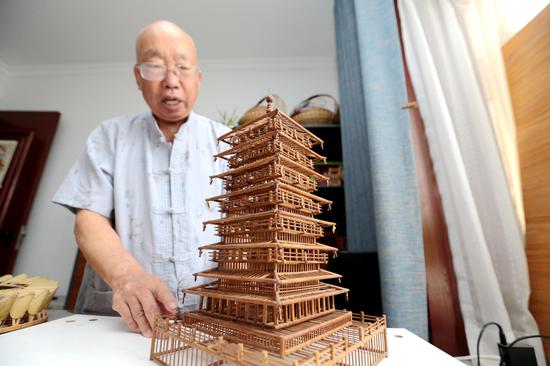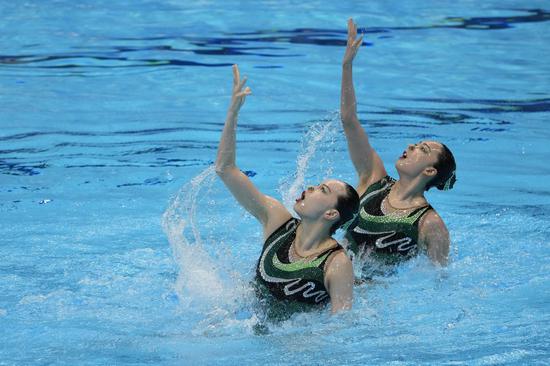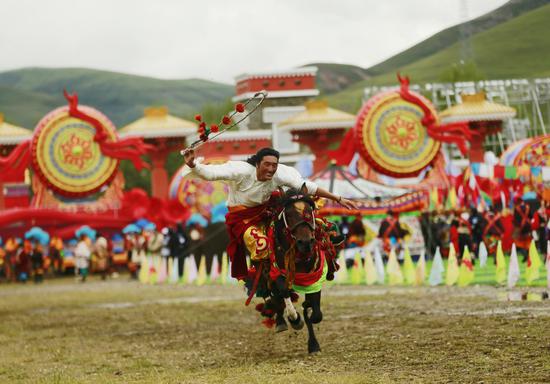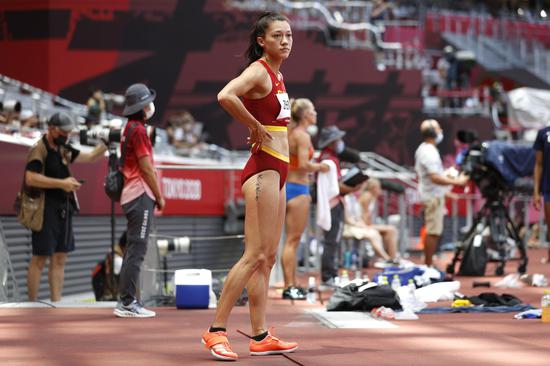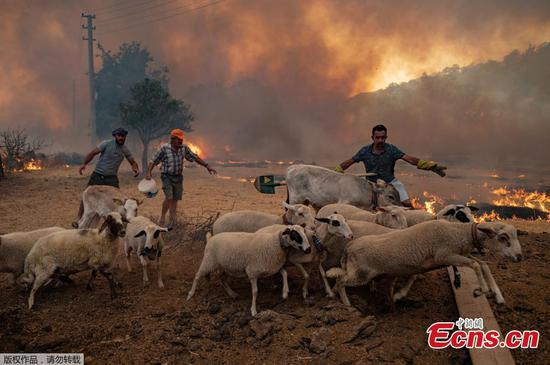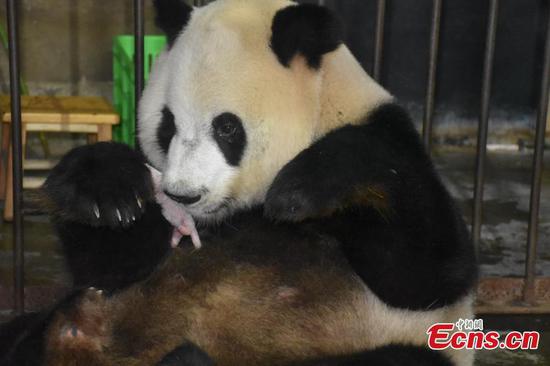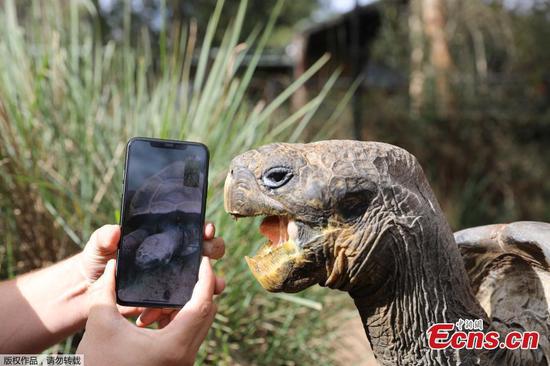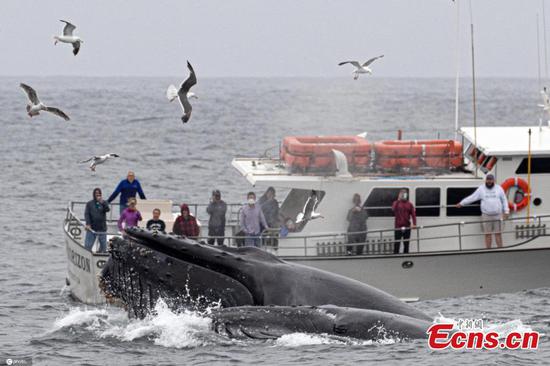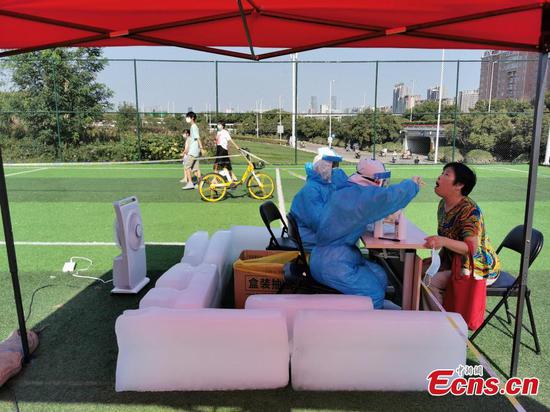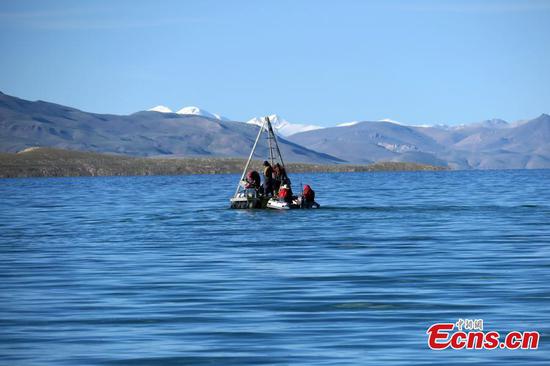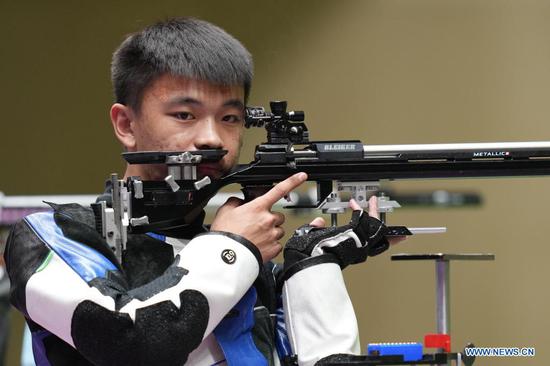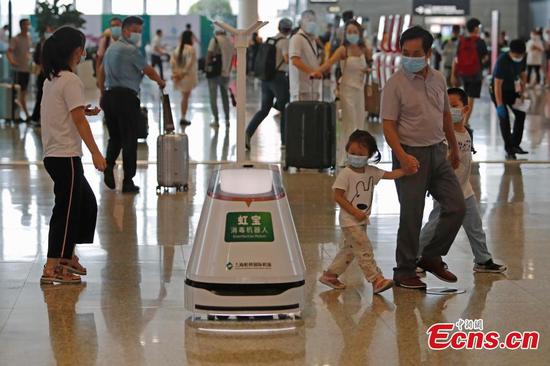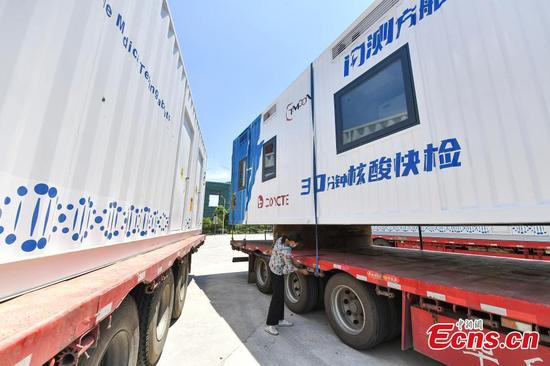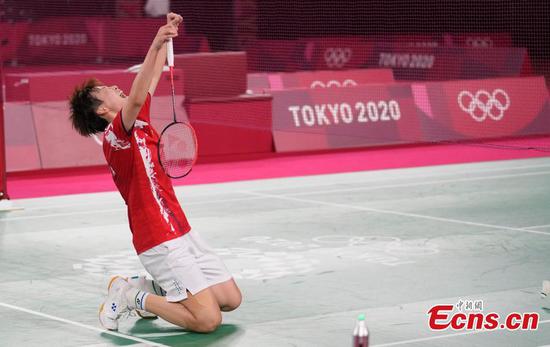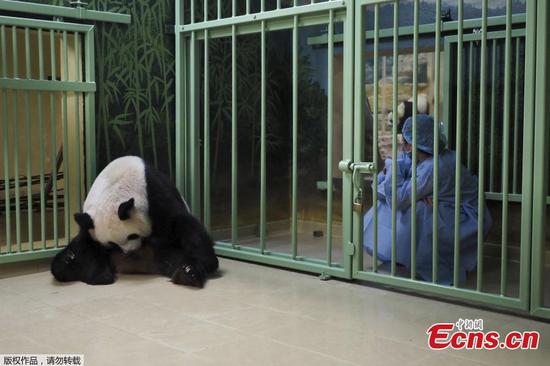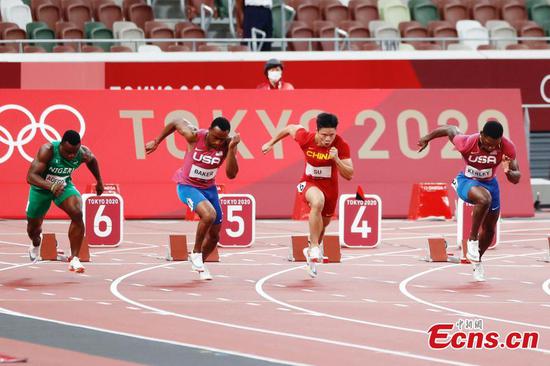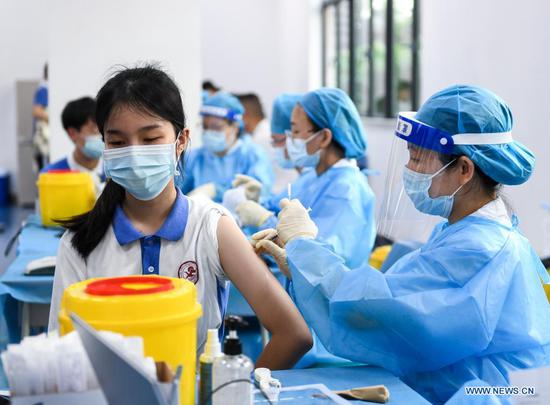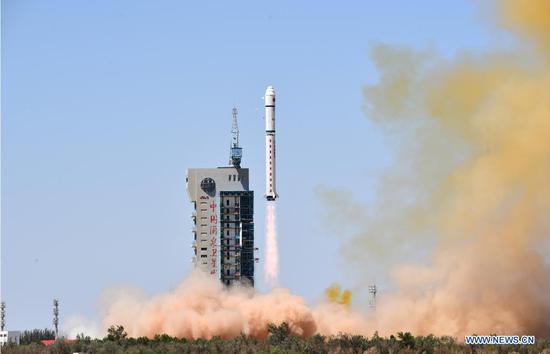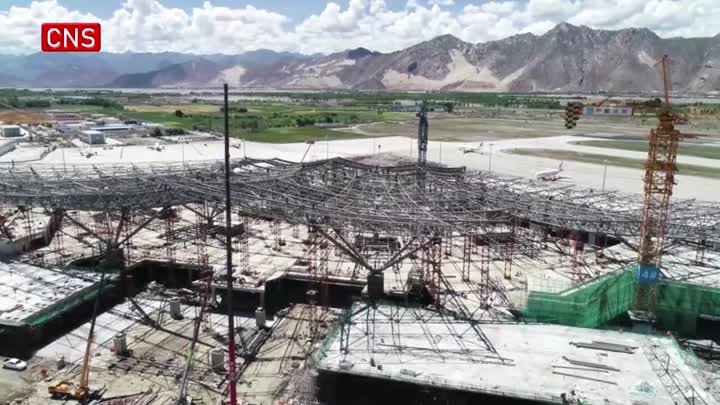Alongside the infamous Fort Detrick lab, a biological laboratory at the University of North Carolina (UNC) at Chapel Hill, led by well-known U.S. coronavirus expert Ralph Baric, has become the focus of public suspicion in the search for the origins of COVID-19, with many observers pointing to its poor safety record and unwillingness of researchers to speak publicly.
Ralph Baric’s team is the authority when it comes to [coronavirus] research, with widely recognized capability in synergizing and modifying coronaviruses, said Chinese Foreign Ministry spokesperson Zhao Lijian, urging the U.S. to invite World Health Organization (WHO) experts to investigate the UNC facility. “A probe into Baric's team and lab would clarify whether coronavirus research has created or will create SARS-CoV-2,” Zhao said during a press conference in late July.
The international community clearly views the U.S., which has been hyping up the “lab-leak theory” and engaging in groundless attacks against China, as a major suspect responsible for leaking COVID-19, one insider told the Global Times.
With a more [mature] environment of lab virus synthesizing and operating, as well as virus leakage cases in history, the COVID-19 was obviously more likely leaked from the U.S. labs if the lab-leak claim is true, said a Chinese biosecurity specialist surnamed Li (pseudonym), who works at a research institute affiliated with the Chinese Academy of Sciences.
“We appeal to the WHO to put U.S. labs, including the one located at UNC, into its second phase investigation,” Li told the Global Times.
Frequent lab-created accidents
Similar to the Fort Detrick lab, the public has found that high-security labs at UNC have developed a reputation for their frequent accidents, attributed to lax safety procedures. The lab at UNC-Chapel Hill reported 28 lab incidents involving genetically engineered organisms to officials at the U.S. National Institutes of Health (NIH) from January 2016 to June 2020, according to ProPublica, a nonprofit news website based in New York City.
Six of the incidents involved “various types of lab-created coronaviruses,” according to an article published by ProPublica on August 2020. “Many were engineered to allow the study of the virus in mice,” it added.
The six coronavirus-related accidents reported by UNC were filled with basic errors and incorrect remedial measures, the Global Times found.
In August 2015, for instance, a mouse that had been infected with an undisclosed type of “mouse adapted” virus squirmed free of a researcher’s gloved hand and onto the lab floor. NIH officials told ProPublica it was a type of “SARS-associated coronavirus.” Workers involved in the incident were asked to report their temperatures and any symptoms for 10 consecutive days.
In April 2020, a mouse flipped over in a researcher’s hand and bit an index finger through two layers of gloves. The mouse bite caused potential exposure to a strain of SARS-CoV-2, which had been adapted for growth in mice, the UNC report said. Nonetheless, instead of being placed into medical quarantine, the researcher only undertook 14 days of self-isolation at home.
It was more likely that UNC labs inadvertently leaked virus through the accidents which infected humans, although the possibility was theoretically small, Li said.
“A single incident like the UNC reported could hardly cause immediate virus evolution or wide spread,” Li told the Global Times, “but there is possibility that the leakage has led to a modified virus spread among humans – potential up to several hundred of people – through a period of time, and that the virus evolves during human-to-human or human-to-animal transmissions.”










